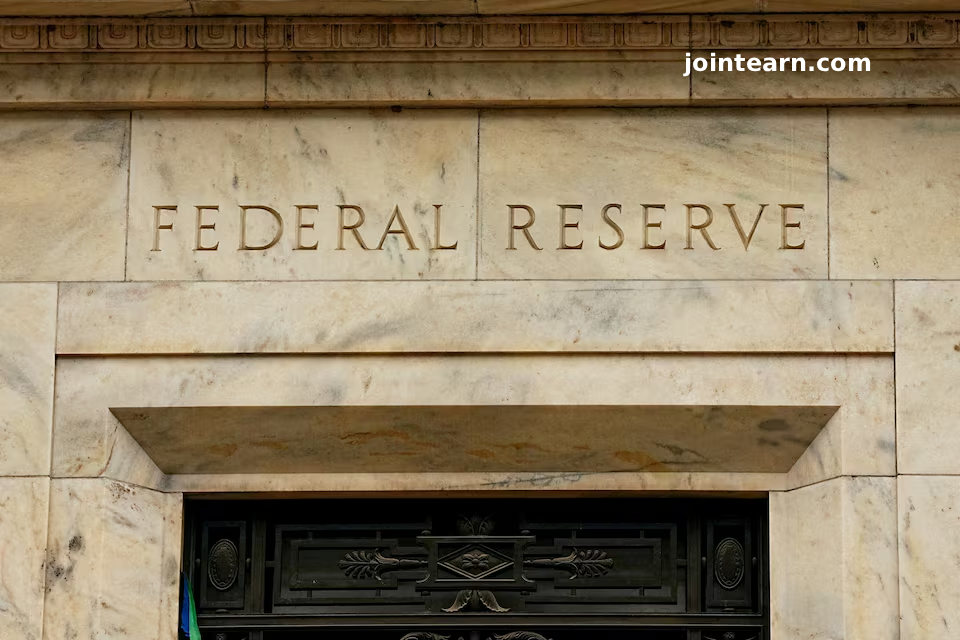
The Federal Reserve is increasingly expected to continue lowering interest rates following the release of September’s inflation data, which showed U.S. consumer price growth slightly below economists’ expectations. Market participants and analysts suggest that the central bank may implement quarter-point rate cuts at each of its next three meetings, signaling a cautious but steady approach to supporting the labor market without triggering renewed inflation pressures.
Key Highlights
- Consumer Price Index (CPI) rose 3.0% year-over-year in September, up from 2.9% in August
- CPI came in below economists’ forecast of 3.1%
- Market expectations indicate near-certainty of a 25-basis-point Fed rate cut next week
- Additional rate cuts likely in December and potentially January 2026
September Inflation Slightly Below Expectations
The Labor Department’s Bureau of Labor Statistics reported that the CPI increased 3.0% over the past 12 months through September, marginally higher than August’s 2.9% but below the 3.1% forecasted by economists surveyed by Reuters. This modest undershoot reinforces the view that inflationary pressures in the U.S. remain manageable.
Analysts note that while core inflation – which excludes volatile food and energy prices – has moderated, the Federal Reserve has room to continue easing borrowing costs without risking a resurgence of price growth.
Fed Likely to Cut Rates Further
Traders and market observers have interpreted the softer-than-expected inflation data as a green light for further monetary easing. According to futures contracts tied to the Fed’s policy rate:
- There is nearly 100% probability that the Fed will reduce its benchmark interest rate to 3.75%-4.00% at the upcoming meeting.
- There is a 95% probability of another rate cut in December.
- January 2026 sees a 55% probability of an additional cut, reflecting growing optimism that inflation will remain contained.
Olu Sonola, head of U.S. economic research at Fitch Ratings, commented:
“As odd as it may seem, the Fed will be happy with inflation staying around 3% for the next couple of months.”
This signals that the central bank’s policymakers, even those with a more hawkish stance, may support gradual easing to stimulate the labor market while keeping inflation near their target levels.
Market Reactions and Implications
Financial markets reacted positively to the news, interpreting the inflation report and Fed rate outlook as supportive for equities and risk assets. Lower borrowing costs are expected to encourage consumer spending and business investment, potentially sustaining economic growth while keeping inflation under control.
Traders are closely monitoring upcoming CPI releases and economic indicators, particularly given potential disruptions in official data collection caused by the ongoing U.S. government shutdown, which has already affected portions of economic reporting.
Broader Economic Context
The Fed’s approach reflects a balancing act between two priorities:
- Supporting the labor market by reducing borrowing costs and encouraging investment.
- Containing inflation to prevent a return to higher price growth, which could undermine economic stability.
By cutting rates gradually, the central bank aims to maintain economic momentum without overextending stimulus, a strategy that markets and policymakers alike are scrutinizing closely.


Leave a Reply